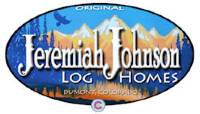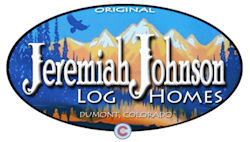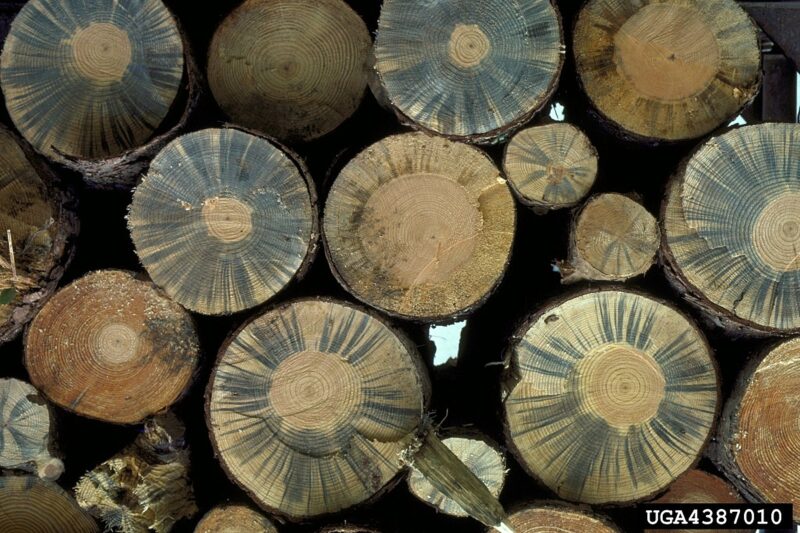When considering the use of blue stained lodgepole pine timbers for your log home project, it’s natural to have questions about their characteristics, benefits, and practicality.
To help you make an informed decision, we’ve compiled a list of frequently asked questions addressing everything from their cost-effectiveness to their structural suitability.
These answers are designed to guide you through the unique aspects of working with this sustainable and rustic timber option.
1. What is the Mountain Pine Beetle (MPB) and what does it look like?
The Mountain Pine Beetle (MPB) is a tiny insect, roughly the size of a grain of rice, with a hard dark shell that targets pine trees. Although small, they have caused significant damage to forests across North America, particularly in lodgepole pine stands. These beetles bore into trees to lay their eggs, which eventually kills the tree.
2. How does the MPB attack tree species such as lodgepole pine?
The MPB infests trees by tunneling under the bark, where they lay eggs. As the larvae grow, they feed on the tree’s nutrient pathways, disrupting its ability to transport water and nutrients. Additionally, MPBs introduce a fungus called Ophiostoma, which spreads through the wood, blocking further nutrient flow and creating “bluestain” in the timber. This combined effort of the beetle and fungus ultimately kills the tree.
3. What is blue stain?
Blue stain is a naturally occurring discoloration in the wood caused by the fungus carried by MPBs. It spreads through the tree, causing streaks or patches of blue, gray, or even black in otherwise healthy-looking lumber. The discoloration doesn’t weaken the wood structurally; it’s purely cosmetic and often considered visually appealing to some, giving timber a unique, rustic charm.
4. What effect does blue stain have on the timber that remains?
While the fungal blue stain alters the appearance of the wood, it doesn’t significantly affect the lumber’s structural integrity. The blue stained timber retains its strength and durability, making it suitable for various construction and woodworking projects, including log homes. However, prolonged exposure to moisture and decay can weaken wood over time, so proper care is necessary.
5. Can these timbers be safely used in a log home?
Absolutely! Blue stained lodgepole pine timber is commonly used in constructing log homes. The discoloration is purely aesthetic and doesn’t compromise the wood’s structural capacities. This makes it an excellent choice for those seeking a unique, natural look for their log home while maintaining functionality and safety.
6. Are there any limitations to the usage of blue stained logs?
There are a few considerations to keep in mind when using blue stained logs:
- Weather Resistance: Like all natural wood, proper sealing and maintenance are required to prevent moisture damage over time.
- Visual Preferences: Since blue stain alters the wood’s appearance, it’s crucial to ensure this rustic effect aligns with your aesthetic preferences.
- Grading Standards: Some building codes may require specific grading for structural wood. Make sure your supplier provides timber that meets these requirements.
7. Are these timbers cheaper than regular lodgepole?
Yes, blue stained lodgepole pine timbers are typically more affordable than their unstained counterparts. Since the discoloration caused by the fungus can lower the commercial appeal of the wood for certain markets, these timbers are often available at a reduced cost. For log home builders and buyers seeking value without sacrificing quality, they present an excellent opportunity.
By understanding and utilizing blue stained lodgepole pine timber, you’re not only building a beautiful and rustic home but also supporting sustainable forestry practices by repurposing beetle-killed wood. Interested in learning more about using these timbers for your log home? Contact us today for expert advice!
COME VISIT OUR MODEL LOG HOME AND LEARN MORE ABOUT OUR BUILDING PROCESS
Our model home, seen here, is at 1501 County Road 308 in Dumont, CO. It’s open to the public during normal business hours and is the perfect place to see the quality of our log home exterior and interior work first hand. While appointments are encouraged, feel free to just stop by!


